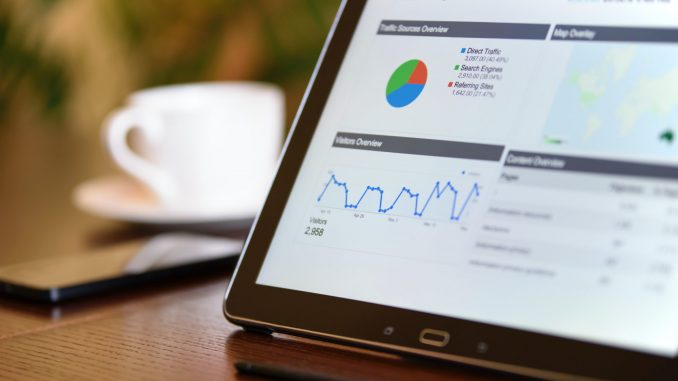
For smaller and medium-sized DMOs, measuring ROI from digital marketing efforts is a challenge. There are tools on the market that offer in-depth attribution metrics around bookings and economic impact, which can be an effective way to measure ROI, but often these come with a high price tag and are primarily focused on paid advertising channels.
If your destination marketing budget doesn’t have room for these advanced measurement products, you can still track the impact of campaigns, channels and engagement, and you can do it for free. Even better, this tool is probably already in your arsenal.
Most (all?) destination marketers already know Google Analytics is the easiest way to track metrics like traffic to your site, not to mention built-in engagement metrics like bounce rate and session duration. But harnessing the full power of Google Analytics—going well beyond what most destination marketing pros reading this are probably familiar with—can enable your team to measure and report on metrics that are important to your destination marketing efforts, and that matter to your stakeholders.
If you’re not familiar, the first step to effective measurement is building “Events” in Google Analytics to track key conversions on your destination website. Depending on your destination marketing organization’s overall goals, we recommend events consist of actions like:
- downloading a travel guide
- clicking on destination partner sites or vacation packages
- using site tools like an itinerary builder
- completing direct bookings, if available
- signing up for a newsletter
- watching a video to completion
- viewing DMO social media accounts.
Bottom line: If it’s an action that you want visitors to take, you can and should be tracking it as an event in Google Analytics. Setting up events in Google Analytics can get a bit technical, but your web developer or anyone with advanced knowledge of Google Analytics and Google Tag Manager should be able to set these up in one to two hours.
Once your events are configured, it’s time to set them as “goals” in Google Analytics. Setting up events as Google Analytics goals will allow you to closely measure conversion rates across channels, metros, campaigns and audiences. In addition to the events above, it can be helpful to set up goals engagement indicators, such as users who spend 5+ minutes on the site or visit 5+ pages.
The final step toward robust tracking and reporting—especially the visual reporting that tends to resonate with tourism partners —is building a Google Data Studio (also free) dashboard report that is connected directly to Google Analytics. This report will allow you to analyze and configure your data in a way that makes it easy to measure ROI across channels, see trends over time and share key insights with your destination marketing organization board.
Once you have all of these, calculating metrics like conversion rates, cost per conversion and even “how many referrals did we send to each of our hotel partners” becomes attainable and automated. Data like this informs your destination marketing strategies, guides your budget allocation and showcases the impact of your marketing efforts.
And once again, each of the tools above is free. That’s the best ROI of all.
If you have any questions or would like help setting up your Google Analytics to optimal data tracking, please feel free to reach out to .
The post How Can Small DMOs Measure the Impact of Digital Marketing? appeared first on Development Counsellors International (DCI).

Leave a Reply